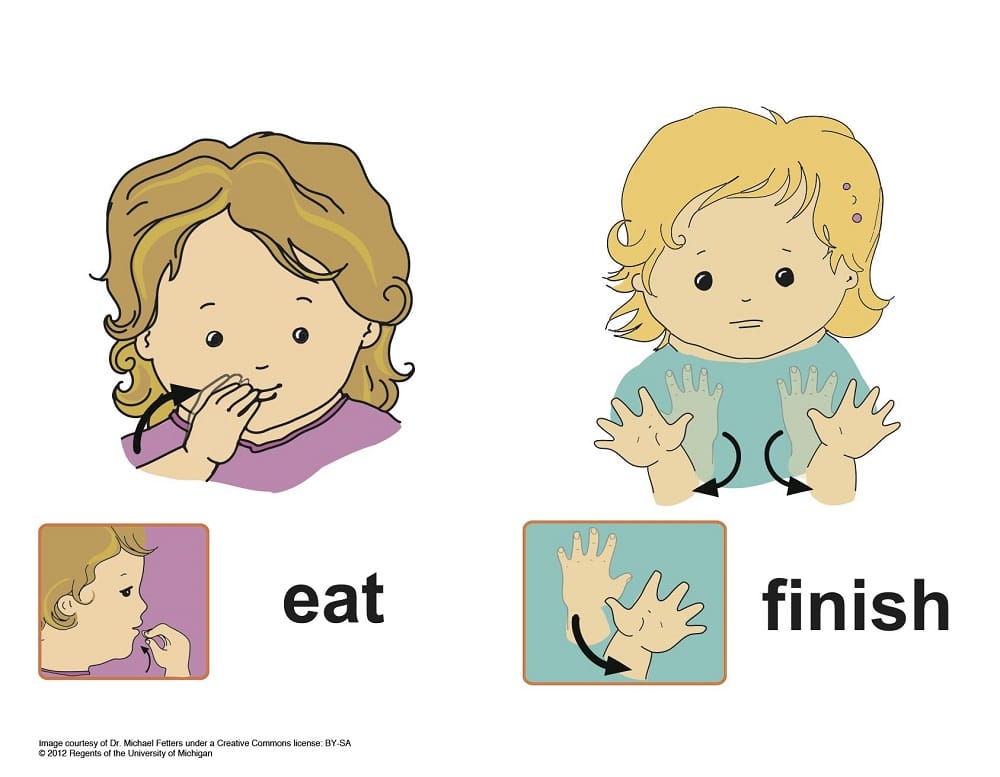Solace Blog
- Activities19
- Autism & Behavioral4
- Community154
- Early Intervention71
- Events & Giving Back20
- Extraordinary Kids22
- Family Caregiver4
- Home Care Therapy60
- News94
- Parent Articles83
- Patient Testimonial21
- Pediatric Therapy77
- Pediatric Therapy Career46
- Private Duty Nursing1
- School-Based Services1
- Telehealth Therapy27
- Tips & Advice66
Summer Reading List: Books to Inspire Therapist Growth
Cooling Off with Aquatic Therapy: Benefits and Best Practices
Sensory Activities For Kids

From School To Home: Christian’s Shift To Impactful Therapy
Speak, Listen, Connect: 6 Communication Strategies for Therapists

Food Sensitivities
What to Avoid for Better Learning: Food Sensitivities in kids with ADHD and Learning Disabilities
Kids with ADHD and children who have learning disabilities are notorious for also having certain food sensitivities. Meeting the nutritional needs of these children can be tricky; on one hand, it’s hard to avoid certain ingredients that seem to be present in everything (I’m looking at you, gluten), and on the other hand, so many family traditions and celebrations are food-focused with treats that only worsen your child’s behavior (here are some tips for creating healthy food habits). The good news? We live in a world that is both obsessed with food and with health…so although your child might not able to eat “ingredient A,” you could substitute “ingredient B” or “ingredient C” so your child does not have to miss out. Here are five ingredients that are likely to cause problems with nutrition and learning:
1.). Artificial Colors:
The name says it all! Why are we putting artificial anything into our bodies, let alone our kids? We shouldn’t be! Artificial colors are found in everything from cereals to cookies to candy; if it’s processed, chances are there’s an artificial color in there. Artificial colors have been shown to increase hyperactive behavior in kids, so for a child that already struggles to concentrate, the problem could increase tenfold when ingesting this ingredient.
2.). Artificial Flavors:
The only thing found more commonly in foods than artificial colors are artificial flavors. Artificial flavors are typically present in anything that contains artificial coloring, sugar and preservatives. Anything with a lengthy shelf life is a likely culprit!
3.). Sodium Benzoate:
One of the most common preservatives used in today’s food is sodium benzoate. Research on sodium benzoate shows that this preservative might increase hyperactive behavior in kids with learning disabilities and ADHD.
4.). Sugar:
Sugar. Is. Everywhere. Literally, it’s present in just about any pantry food. It appears in the obvious: like cupcakes, for example. But did you know it’s also found in many breads, pastas, chips and crackers? Yikes! Sugar is known to cause a rapid rise in the amount of glucose coursing in the blood, which makes children more active and less focused. Have you ever heard of a “sugar crash”? Once sugar is consumed and kids become more hyperactive, a crash – aka exhaustion – is not far behind. Although sugar does not cause learning disabilities or ADHD, it can be troublesome for kids who struggle to focus.
5.). Caffeine:
Typically, kids do not drink coffee or tea, so it’s easy to write this category off as something you don’t have to worry about. But, if your child drinks soda, make sure to pay attention to this category! While not all sodas contain caffeine, many do, such as colas or Mountain Dew. When consumed by a child, the caffeine in a soda mixed with all the sugar, chemicals and corn syrup can create an absolute nightmare internally. Aside from making kids hyperactive, soda has also been shown to make kids aggressive and withdrawn.
Share this Post